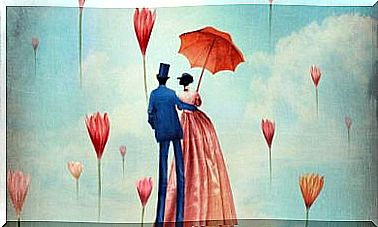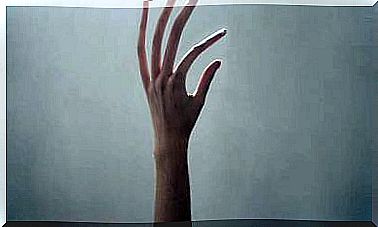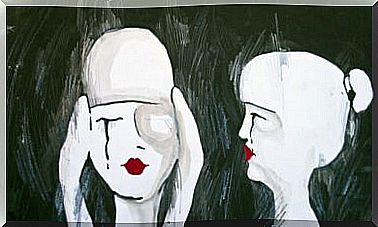Phototherapy And Its Benefits In Mental Health
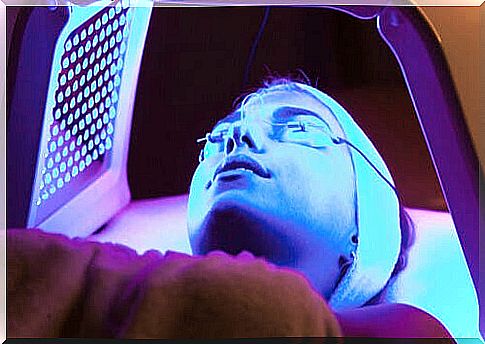
Phototherapy, also called light therapy or light therapy, consists of applying electromagnetic radiation (light) through a specific lamp (phototherapy lamp).
For this therapy to be useful it is important that the lamp is placed half a meter from the person and at an intensity of 10,000 lux, in sessions of 20-30 minutes.
It is used for different medical diseases, especially dermatological. However, in addition, it has proven to be very useful to improve other disorders such as:
- Sleep disorders : insomnia, circadian rhythm disorders (advanced, delayed, shift, or “jet lag”).
- Affective disorders, being its most widespread application in seasonal affective disorder, but also for non-seasonal depression or the depressive phase of BAD.
- Sleep problems and mood disorders in people with dementia.
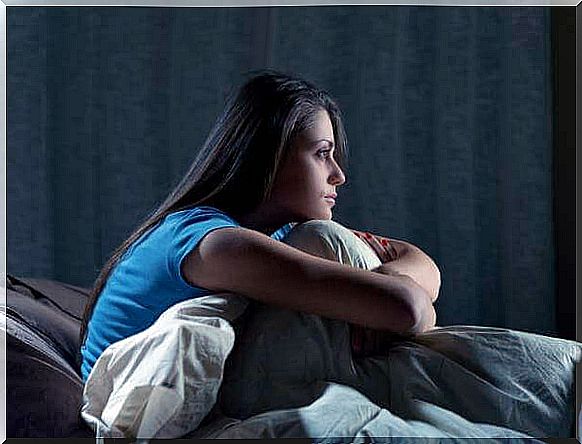
It should not be forgotten that it is a medical treatment and, therefore, it should be applied by professionals. In addition, it must be taken into account that it can have side effects, such as:
- Headache.
- Eye fatigue.
- Irritability.
- Nervousness.
- Hyperactivity
- Mania (special caution should be exercised in the application of phototherapy in patients with bipolar depression).
Niels Ryberg Finsen, a Nobel laureate in medicine, laid the foundations for scientific phototherapy back in 1890. He devised an electric arc lamp, the Finsen lamp, for the treatment of skin conditions.
Subsequently, and up to the present, its use for the treatment of dermatological diseases, neoplastic diseases, neonates with hyperbilirubinemia … But it was not until the 80s when the usefulness of phototherapy in the treatment of certain psychopathologies began to be investigated.
How does light influence sleep patterns?
Our sleep-wake cycle is controlled by circadian rhythms. These are a natural set of physical, mental, and behavioral changes that the body undergoes in a 24-hour cycle.
These rhythms are defined by the light-dark periods and are controlled by our “biological clock”, located in the hypothalamus. Let’s take a closer look at how this watch works.
The hypothalamus, specifically the suprachiasmatic nucleus (NSQ), is the brain structure most widely involved in the regulation or organization of circadian rhythms.
During the day, the NSQ receives light information from the ganglion cells of the retina, which contain melanopsin (light-sensitive photopigment). These cells also send light information to other brain structures and inhibit sleep.
And on the other hand, during the night, ganglion cells of the NSQ send “dark” information to the pineal gland, which secretes melatonin and induces sleep.
The malfunction of any of these structures, due to injury or aging, can cause insomnia problems or disorganization of the sleep phases.
In turn, the discrepancy between internal rhythms and environmental information, due to a change in time zone or change of work shift, can also cause sleep disorders.
Phototherapy in the treatment of sleep disorders
The prevalence of insomnia increases with age due to neurophysiological and neurochemical changes that occur in the internal clock. This usually causes an advance in the phases of sleep (going to bed and getting up earlier), in addition to a fragmented sleep pattern.
Research shows that the application of bright light, between 7,000 and 10,000 lux, improves the sleep pattern and mood of the elderly. This occurs because the bright light facilitates the synchronization of environmental signals and internal signals.
People with rotating work shifts can also benefit from the use of phototherapy. Exposure to intense white light at the right time, used as a zeitgeber or synchronizer, has been shown to ease the transition in time change.
- In the case of delayed sleep phase syndrome, exposure to bright light, two hours before the usual waking time, causes the circadian rhythm to be delayed. That is, it starts an hour before, but it also ends an hour before, advancing the time when sleep begins.
- On the contrary, in the case of early sleep phases, exposure to bright light, two hours after the usual waking time, causes the circadian rhythm to jump ahead. This allows the person to get up later and go to bed later.
What role does light play in our mood?
Sunlight favors the production of serotonin, one of the hormones most involved in happiness. This can lead to mood swings and mood swings.
This phenomenon would explain why the so-called autumnal asthenia occurs in the autumn and winter months, which in severe cases can become a seasonal affective disorder.
In countries where daylight hours are few or when days are cloudy, the production of serotonin and vitamin D can be reduced. On the other hand, as there are more hours of darkness, circadian rhythms are altered and produces an increase in melatonin.
Against this, phototherapy allows exposure to ultraviolet light, which improves both the neurochemical functioning of the brain and the effect of antidepressants (if these are prescribed).
You should start with exposures of 15-20 minutes, up to 30-45 minutes, always at 10,000 lux intensity. The effects can take up to 3 weeks, so it is recommended to prolong the treatment for more than 4 weeks.
Phototherapy in mood disorders
Seasonal affective disorder (SAD) is a type of depression that usually comes and goes each year at the same time. It is more common to appear in autumn / winter and to disappear in spring / summer.
It is more frequent in women and, as we have mentioned before, in inhabitants of countries with fewer hours of sunlight. The main treatment for SAD is phototherapy. The goal is to replace real sunlight in times when it is scarce by exposing yourself to bright light first thing in the morning.
Recent studies have shown that phototherapy could also be effective for the treatment of bipolar depression and non-seasonal major depressive disorder.
- In the case of bipolar depression treatment , after 4-6 weeks of light therapy, 68% experienced improvement in symptoms, without side effects.
- In the case of non-seasonal depression, in addition to improving mood, phototherapy helped correct the problems of insomnia, fragmented sleep and early awakening in these patients.
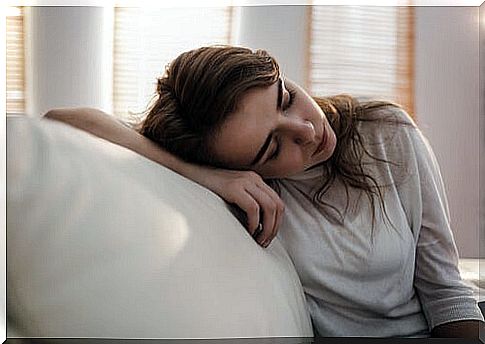
Phototherapy in dementias
An investigation by the Chalmers University of Sweden and the Wroclaw University of Technology (Poland) has opened a window of hope for the treatment of Alzheimer’s and other dementias. In this case, using laser light, the disease-causing beta-amyloid protein plaques could be located and eliminated.
On the other hand, a team of researchers from the Massachusetts Institute of Technology exposed a group of mice with Alzheimer’s to flickering light. The result was that a light at 40Hz (gamma wave range) reduced the accumulation of beta amyloid.
In the progression of Alzheimer’s it seems that the reduction of gamma waves is what produces the formation of amyloid plaques. This accumulation is responsible for the deterioration of functions such as memory and learning.
At the moment, this application of phototherapy in Alzheimer’s has only been investigated in animals, but we should not close the door to the hope that one day it can be used successfully in humans. Currently, there is no cure for this disease, so any progress is a ray of light for these patients.
